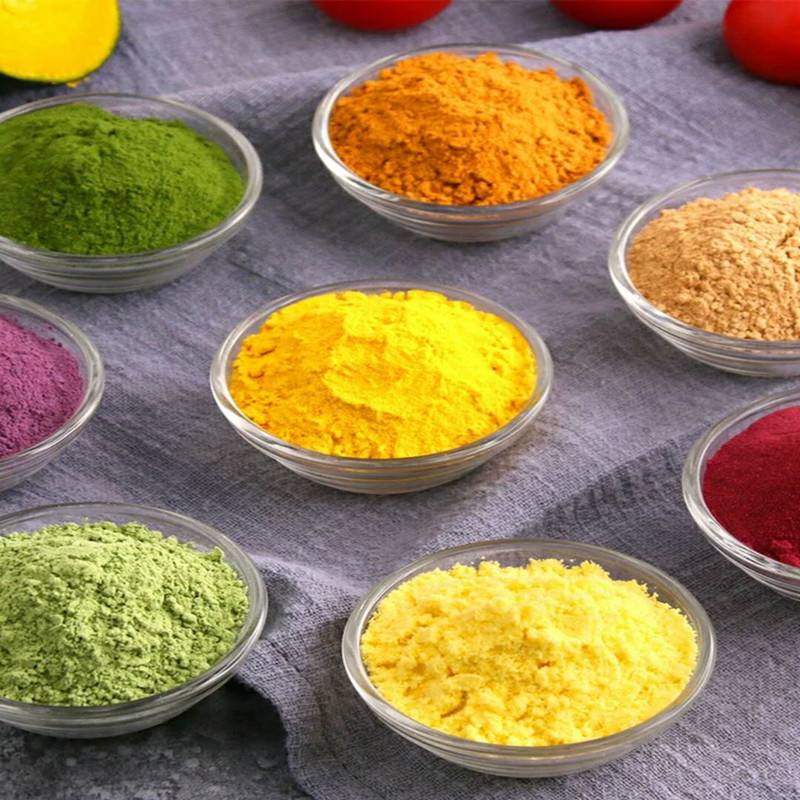Pigment printing is a method in which insoluble pigments mechanically fix the paint on the fiber by means of a binder.
Adhesive is a film-forming polymer substance, one of the main components of pigment printing, which is polymerized from monomers. It is in liquid phase or The fine powder phase exists in the printing paste. After heating, the solvent or other solutions volatilize, and under the action of the crosslinking agent, they are mutually aggregated into a firm film, and the paint is fixed on the fiber.
It can be seen that the fastness of pigment printing is mainly determined by the adhesive. As an adhesive for pigment printing, pigment printing auxiliaries should have high adhesion, good safety, light fastness, aging resistance, solvent resistance, acid resistance, and reduction resistance. They are stable to chemicals, and the film is clear and transparent. Does not change color and does not damage fibers. Elasticity, little effect on the fabric feel. It is easy to remove from the printing equipment.

Generally speaking, a single resin cannot fully meet the above requirements, and two or more resins must be used together to learn from each other.
(1) Screen printing adhesives and pigment printing adhesives are all stable emulsions copolymerized by butyl acrylate and methyl methacrylate. The difference between them is the ratio of monomers. The ratio of screen printing adhesive is: 70% butyl acrylate, 26% methyl methacrylate, 4% acrylamide. Both methyl methacrylate and acrylamide in the pigment printing adhesive are higher than the former.
Butyl acrylate and acrylic wax copolymers are also used as binders for pigment printing or screen printing. Coating additives can also be used with other binders Used together as a film-forming agent for pigment printing, it is also a type of copolymer emulsion. It is suitable for white and light-color pigment printing adhesives, and is more suitable for fluorescent pigment printing adhesives.
Copolymer of butyl acrylate, methacrylic acid and methylol acrylamide, cross-linked printing adhesive with methylol acrylamide. Used as polyester/cotton Printing adhesive. Copolymerization of butyl acrylate and acrylonitrile, the copolymerization system uses methylol acrylamide as the crosslinking agent, the appearance is blue fluorescent milky white emulsion, it is a relatively new adhesive for pigment printing, and can obtain better fastness and softness feel.
Adhesives based on chitin are generally synthesized by mixing chitin, water, glacial acetic acid, and emulsifiers evenly. Beat with styrene-butadiene latex under stirring. Generally, chitin only accounts for 1/15 of the amount of styrene-butadiene latex. It is suitable for pigment printing adhesive of cotton, viscose, silk, polyester, nylon and other fibers and their blended fabrics.
Thickening system is commonly used
①Thickener PAS, made of acrylic acid and methacrylic acid copolymer mixed with styrene and butyl acrylate copolymer, can be used to adjust printing color pulp thickness;
②Thickener PA, a copolymer made of acrylic acid and methacrylic acid, crosslinked with dipropylene phthalate, used for partial disperse dye printing Substitute for natural paste.

 微信扫一扫打赏
微信扫一扫打赏

